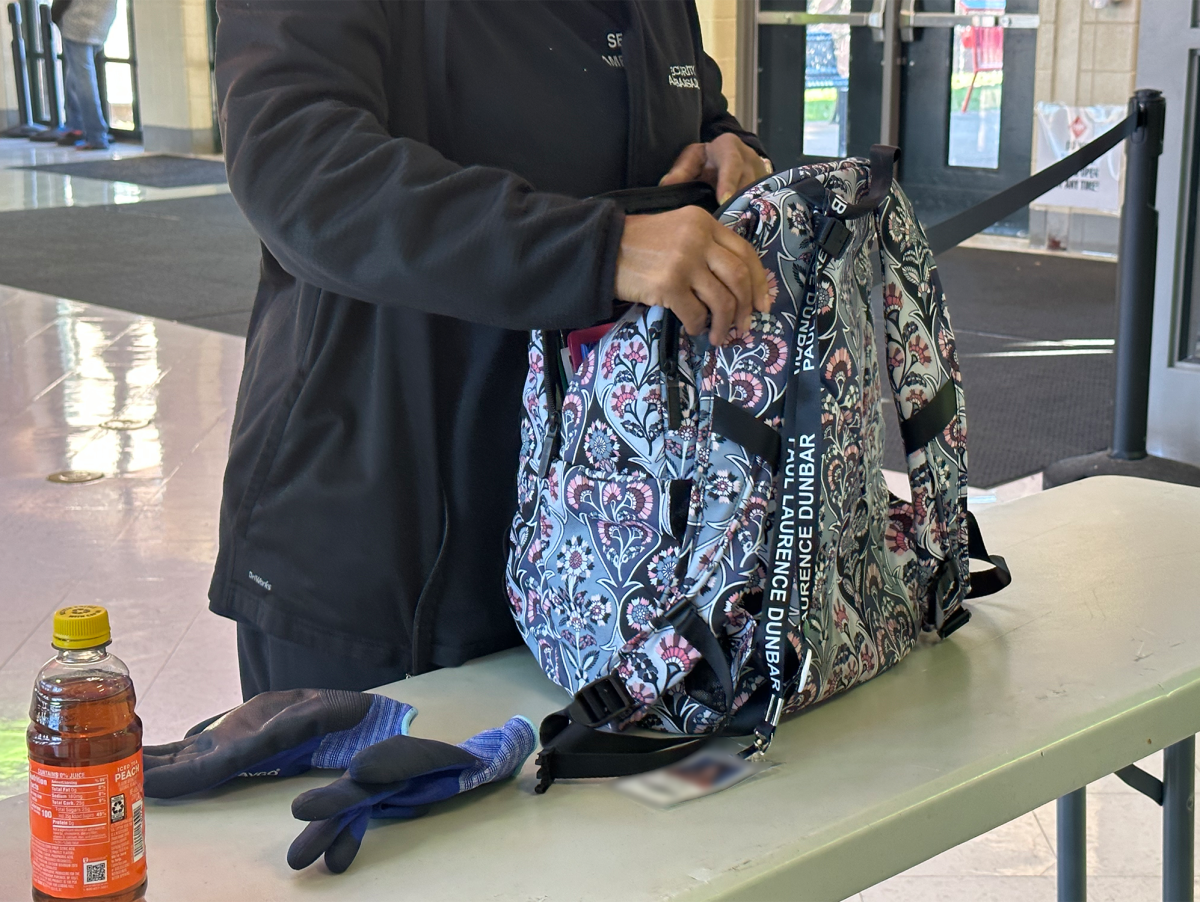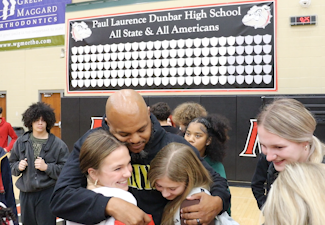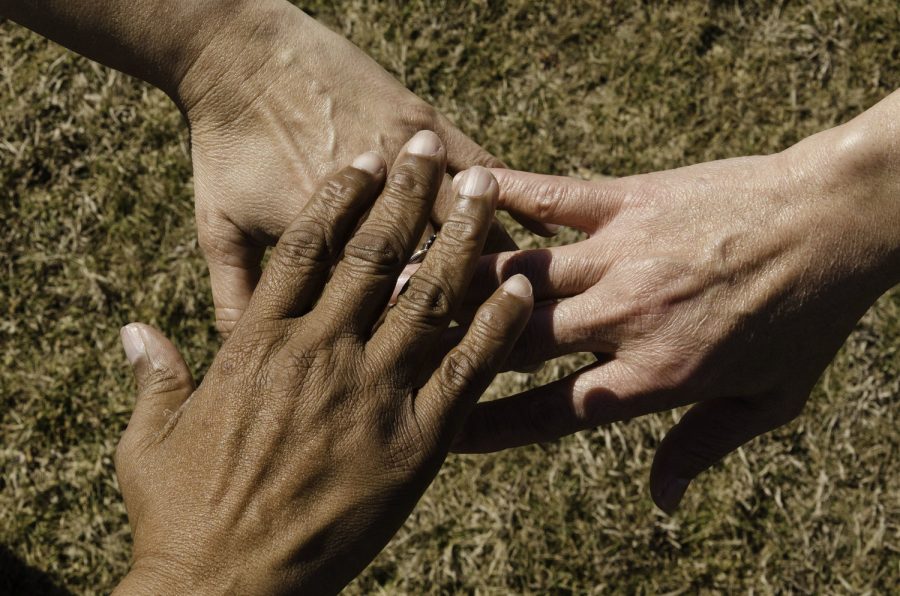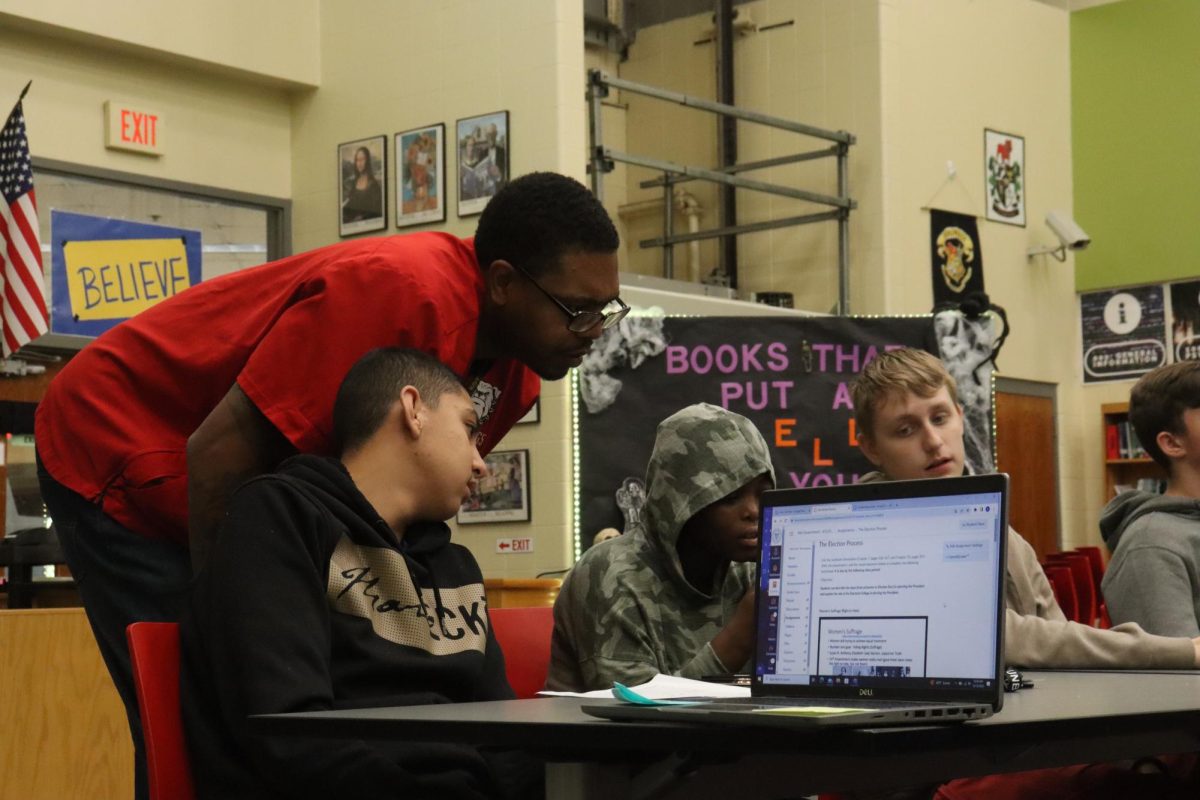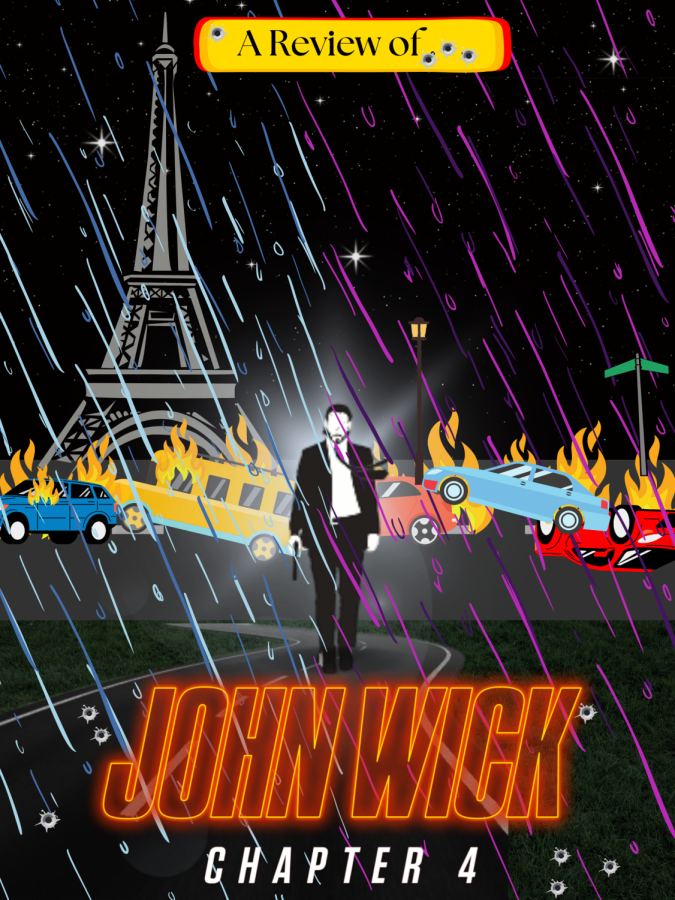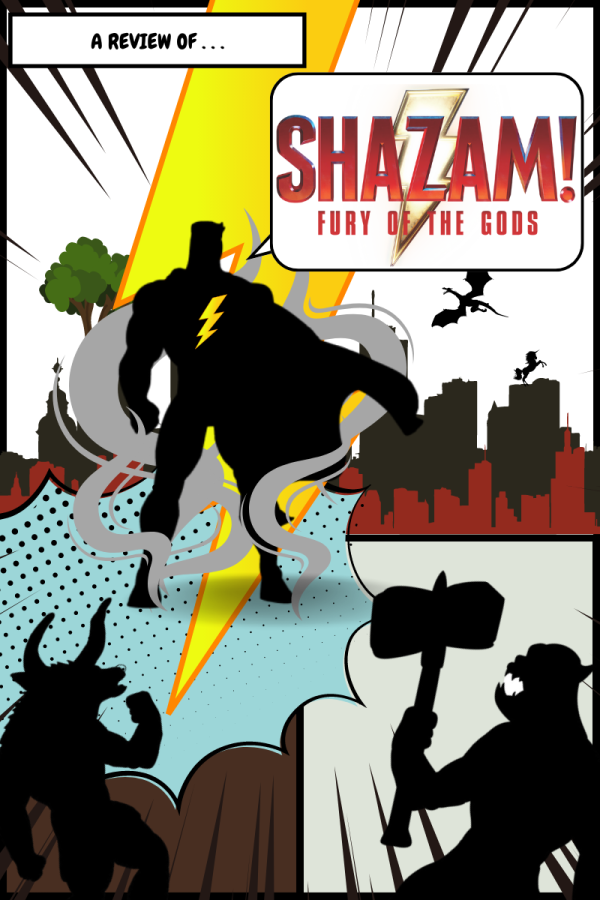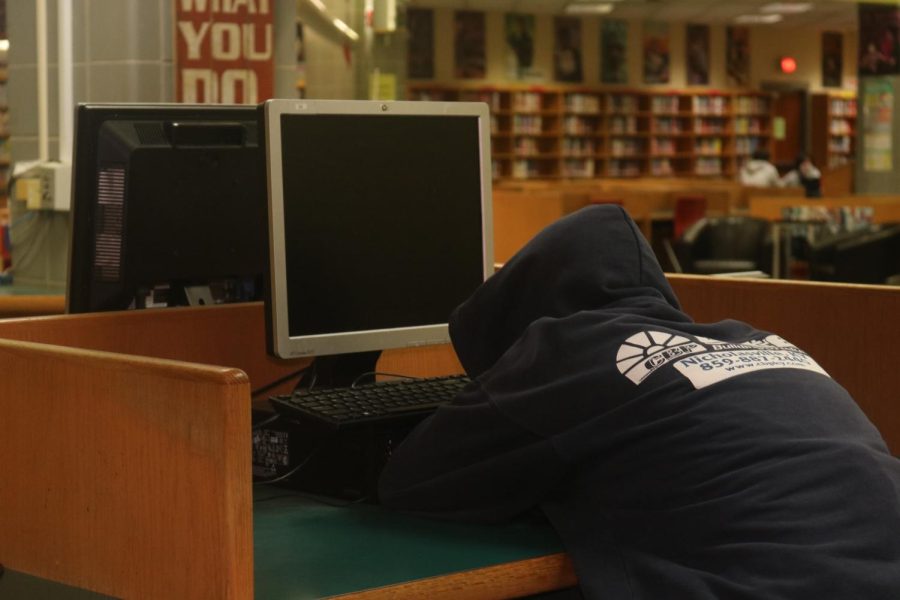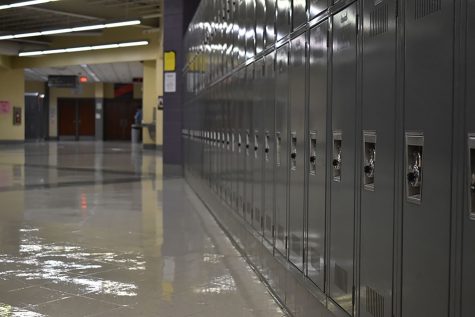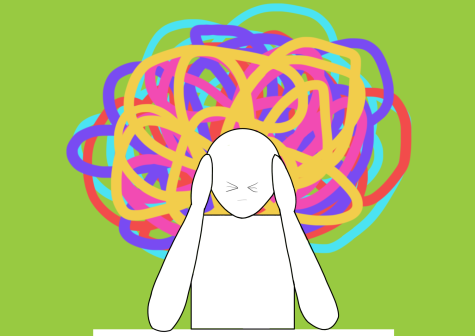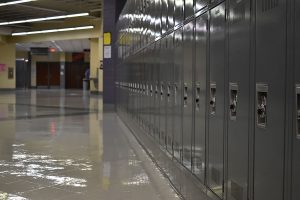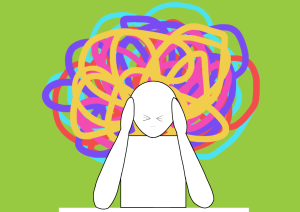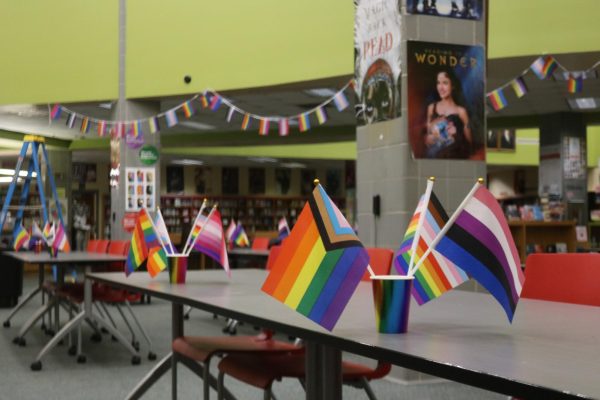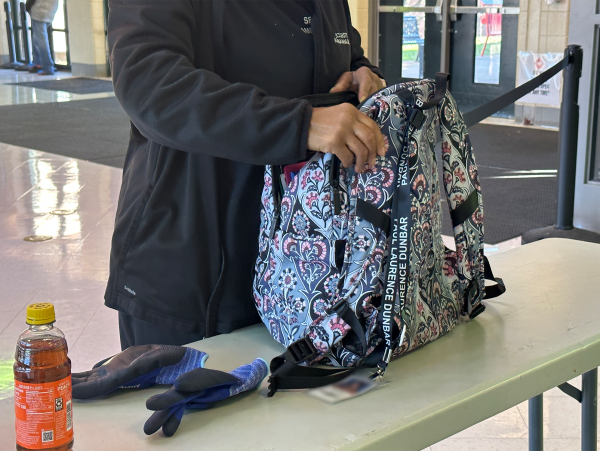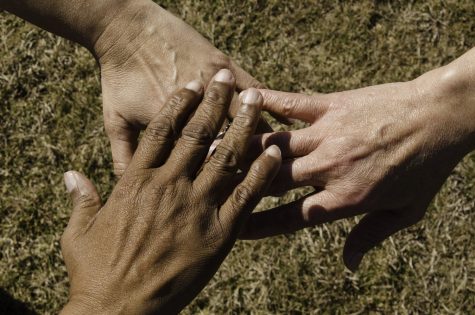School Fights and Threats of Violence a Cause for Concern
The numerous physical altercations and threats this school year have taken a toll on students who are already experiencing what some are calling their “worst year of school.”
The return to in-person instruction has left many students feeling isolated and detached from school.
The United States seems to be experiencing a spike of violence that some are attributing to the pandemic. As traumatized students come back to class, many educators say that they are not ready to handle increased behavioral issues.
According to a recent report in Education Weekly, this type of violence is a combination of the pandemic, a lack of trust in institutions, and the divisive nature of today’s society.
Anxiety and chronic stress also trigger a child’s “survival brain.”
Dr. Tali Raviv, the associate director of the Center for Childhood Resilience at Lurie Children’s Hospital in Chicago said. “While some students retreat, others feel like they’re on high alert–turning a nudge in the hallway into cause for an outburst. You can get these really big reactions over really small things.”
With tensions rising, teachers and school staff across the nation say they are seeing an increase in aggression this year that surpasses past years combined. Dunbar is no exception.
The National Association of School Psychologists’ school safety and crisis response committee reported that students are displaying a range of crisis reactions in response to the losses of the last two years, and this includes aggression.
“I have seen a lot more violence than in previous years,” a Dunbar senior who asked to remain anonymous said. “There have been fights this year that ended up with blood and hair on the floor.”
Although fights have happened at schools for decades, this year students and teachers both feel that the underlying causes are heightening things.
A teacher who asked to remain anonymous said, “I don’t think there is one overriding factor but more likely a combination of several factors like isolation during the pandemic, overuse of social media, missed experiences in previous grade levels where you learn how to behave and navigate your time in a school setting, generational lack of respect for other people, and a strong desire to gain attention or notoriety.”
Students tend to agree that attention-seeking behavior is a motivator for public fights.
“I think the fighting is partially because of the mental health of the students, but also, the repetitive routine of school can make students bored and want attention,” senior Claire Arbra said.
Social media can make it worse, especially with students who lack maturity and social skills. Finals week saw numerous altercations, most of which were documented and shared on both Instagram and Snapchat.
Around 2:45 p.m. on Dec. 16, Principal Rains made an announcement on the intercom.
“We have over 2,000 students in this building, and we have students who are stealing and fighting,” she said. “I’m sorry to those of you who are respectful and who come to school for the right reasons.”
She also encouraged students to use the Tip Line to report problems such as mental health concerns.
And mental health is certainly a factor.
According to the Centers for Disease Control and Prevention, the number of children visiting emergency rooms for mental-health issues increased dramatically in a seven-month period in 2020.
A lot of the recent fights at Dunbar involve underclassmen who seem to have found themselves in high school unprepared for the heightened expectations, and not emotionally mature enough to handle conflicts.
“The underclassmen haven’t had the high school experience. They lack the skills to deal with their emotions correctly. Going to school in a pandemic is hard,” senior Peyton Bruce said. “As an upperclassman, I find the fighting to be annoying.”
In reference to reports of a potentially threatening TikTok trend, Superintendent Dr. Demetrus Liggins sent an email to FCPS families. “At this time, we are closely watching social media and working with our FCPS Police Department as well as the Lexington Police Department about this social media prank.”
So what’s being done, and of those things, what’s working?
Metal detectors look like they’re increasing safety, but there’s not much evidence that suggests they contribute a whole lot.
School Resource Officers are very visible in the hallways at Dunbar, but right now their presence is not deterring the fights from happening, even though the school administration emphasized that they would press charges against anyone who fights at school.
In some of the videos of the fights, school resource officers, principals, school staff, and even teachers can be seen intervening. In at least two instances a Dunbar staff member was hit.
Teachers told us they aren’t well-trained to respond to these incidents of violence, and in some cases, they even fear being involved due to potential legal action. However, one teacher plans to continue to intervene in fights.
“My first instinct has always been to protect children. I have always broken up fights and will continue to do so.”
In 2018 when the increased safety plan was initiated at Dunbar, a PLD Lamplighter article stated that, among other things, teachers were given whistles to put on their lanyards so they could call for assistance if they were in the hallway during a fight or other safety event. However, there are reports that some students have downloaded an app that sounds like a whistle to use in the hallways this year as a “prank.”
“In my opinion, the whistles need to stop as they attract more people than they repel,” a student who asked to remain anonymous said. “This makes it harder for them to stop the fights.”
These “joking” behaviors, like the whistle app, are common for students adjusting back to school, but it gets taken too far. For instance, rumors of a trending TikTok “challenge” on Dec. 17 prompted many administrators across the country to heighten security and enforce new rules.
At Dunbar, there was a schoolwide effort on Dec. 17, the last day of the semester, in which class dismissal times were staggered to lessen hallway traffic and to allow freshmen to transition from class to class two minutes earlier than other grade levels, and that seemed to help.
Now that the first semester of the 2021-22 school year has come to a close, the question remains: will the efforts being made be enough to improve conditions next semester, or is the violence going to continue?

Hi! I’m Ella Williams, a senior at Dunbar and one of the Editors-In-Chief of PLD Lamplighter. I focus on our weekly broadcast, WPLD. I have been in this...
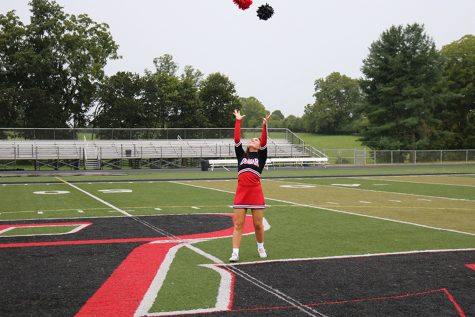
Hi, my name is Madelyn Justice. I am currently a freshman, making me a first-year staff member. I have always loved reading the news and watching broadcasts...
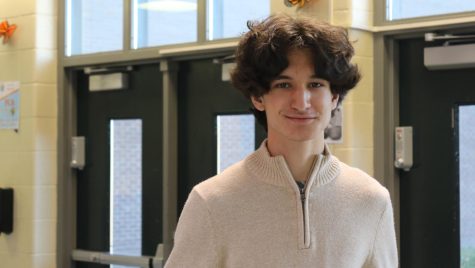
Hi! I'm Alexander, a staff member going into his second year of PLD Lamplighter. I've been doing photography since the age of 7, mostly documenting my...
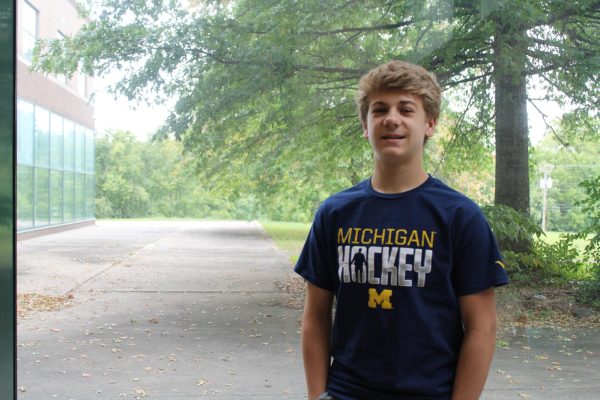
Hi, my name is Owen Coulter, and I am the Sports Broadcaster Editor. I have been on staff for 4 years now. I like to play ice hockey and go fishing....


